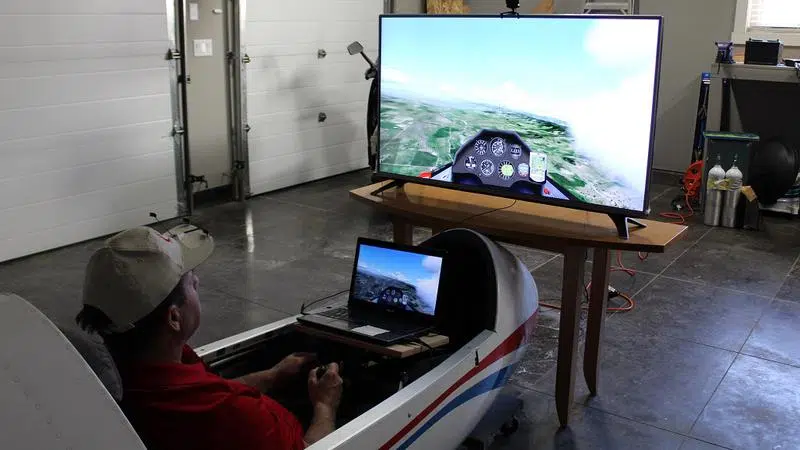
Learning to fly – without an engine: Lethbridge Soaring Club looking to expand
LETHBRIDGE, AB – The sports scene in Lethbridge is a thriving one, and among the reasons for that is the diversity of opportunities and the different clubs out there.
One that may be lesser known is the Lethbridge Soaring Club, a group that promotes the sport of soaring with gliders in Southern Alberta.
The club was officially incorporated in April 2013 as the Lethbridge Soaring Club. The LSC trained with the Central Alberta Gliding Club in the fall of 2013, and in April of 2014 took flight from Claresholm Airport for the first time.



